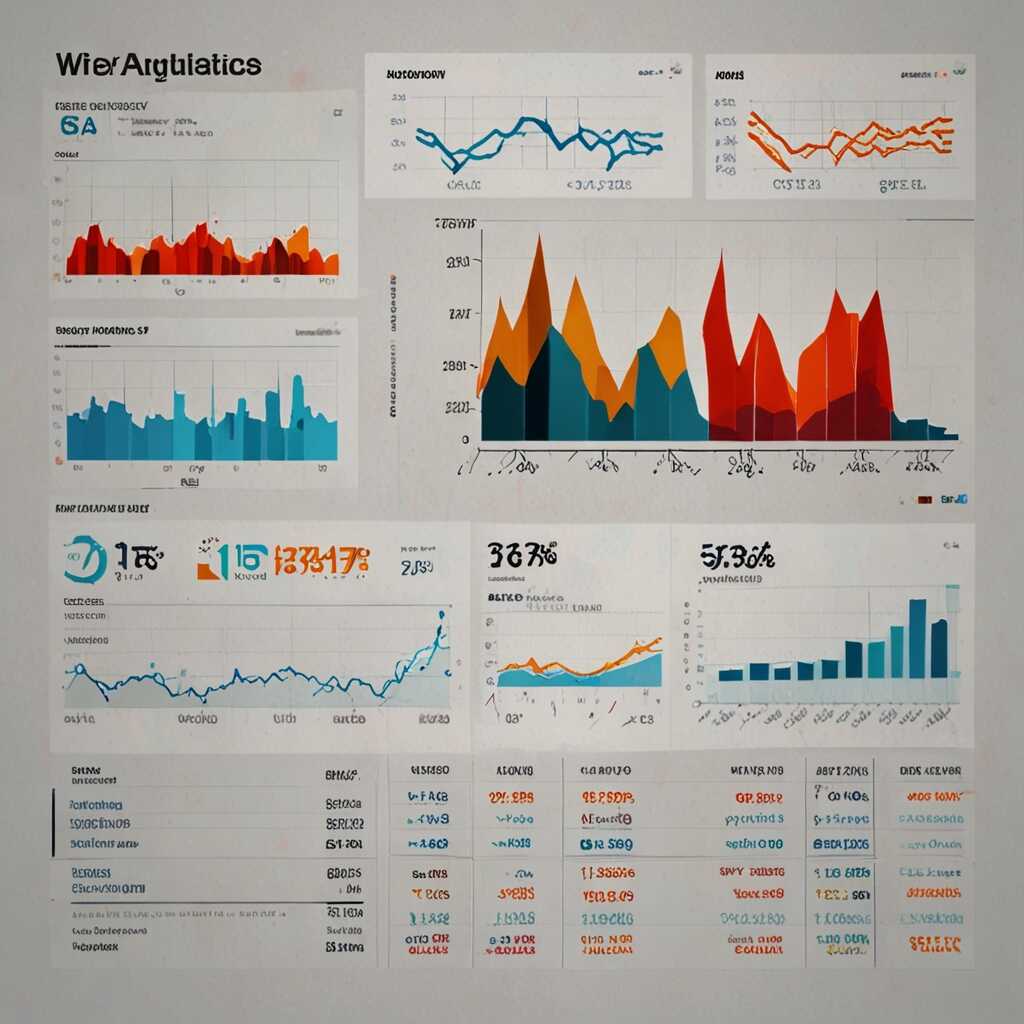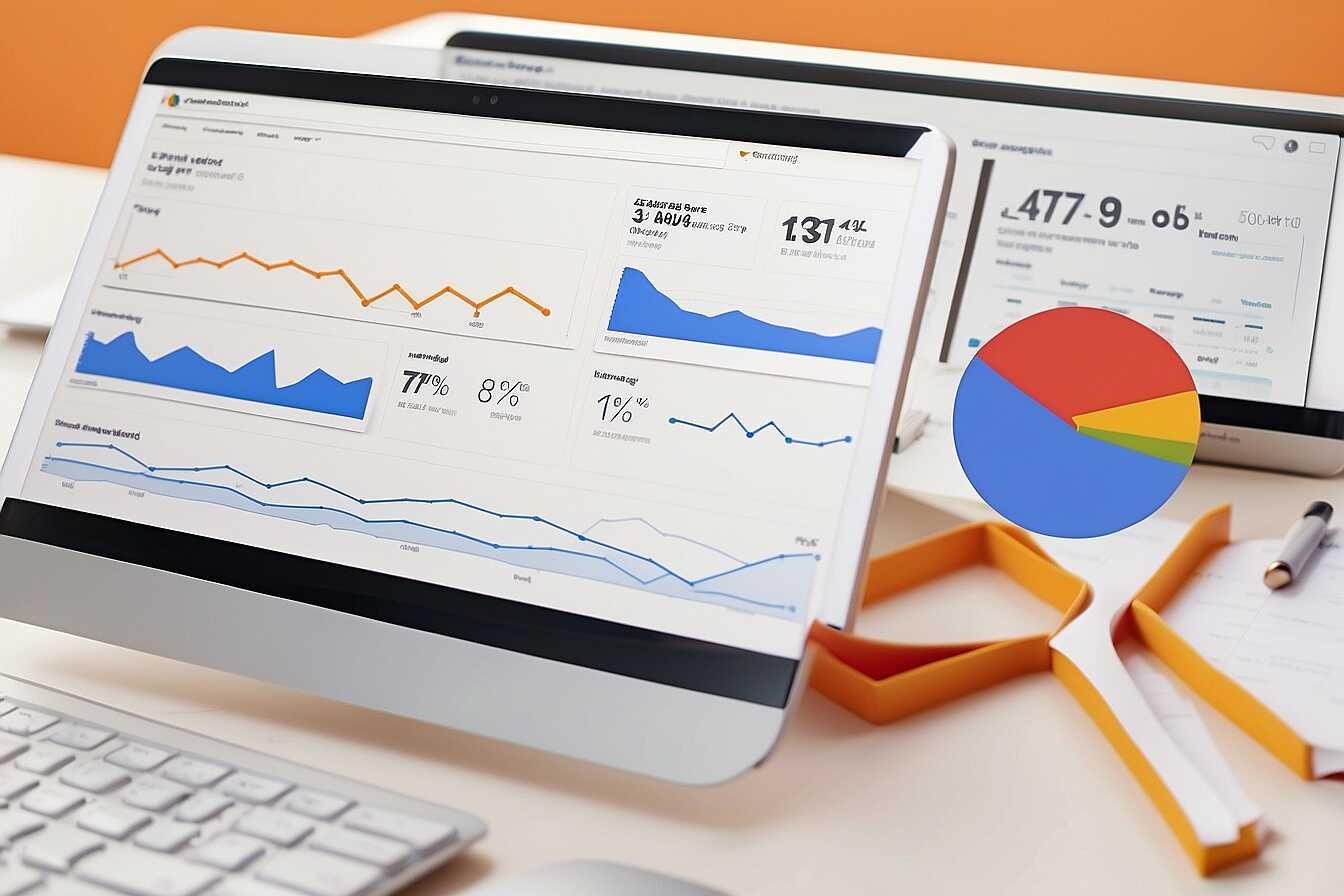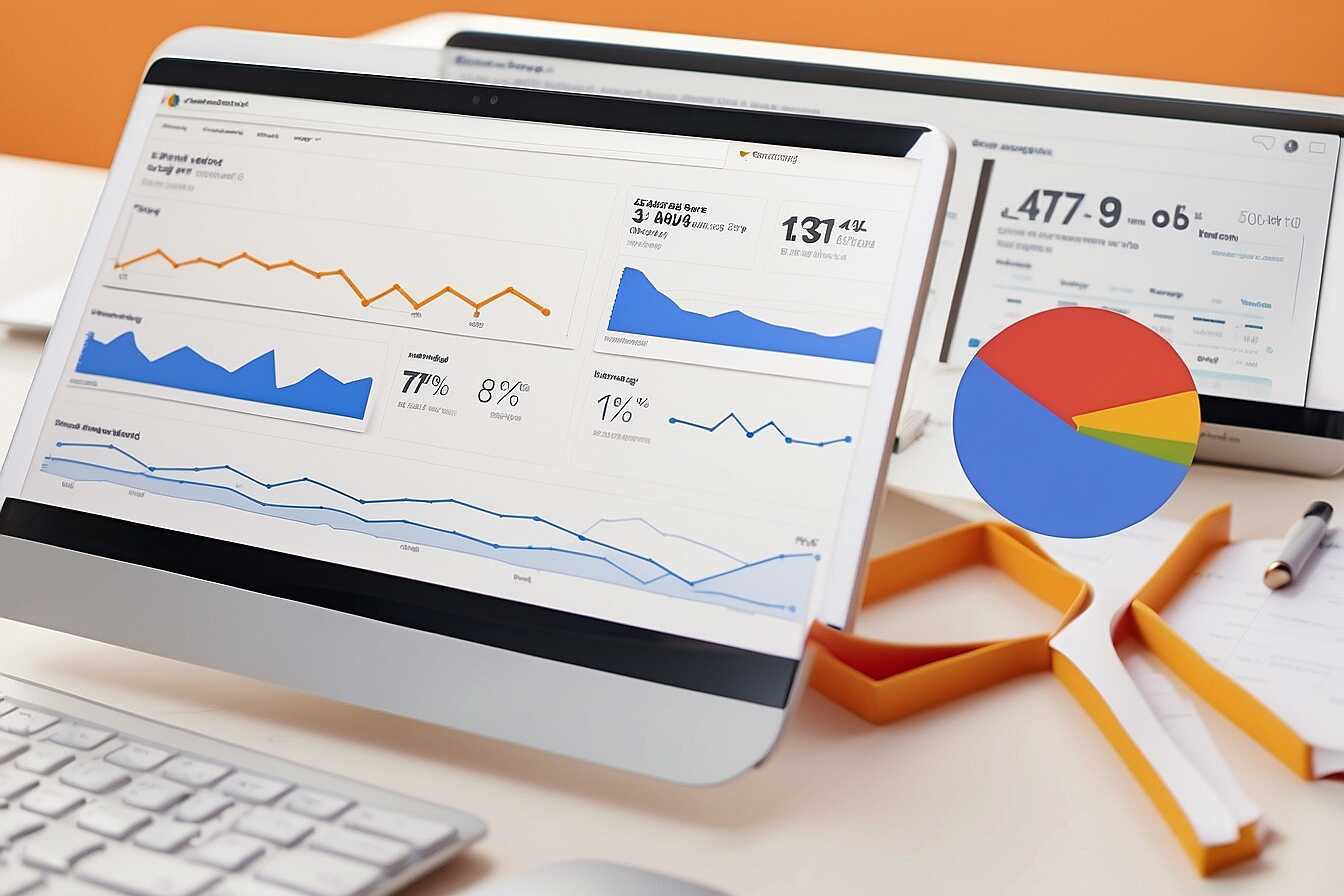Track in-store visits using Google Analytics for Vancouver retailers to gain valuable insights into customer behavior. By effectively leveraging this powerful tool, you can better understand your shoppers’ journeys both online and offline. Metrics Rule specializes in helping local retailers implement actionable strategies that enhance their marketing efforts and improve overall operations. With the right tracking in place, you can unlock new growth opportunities and optimize your store’s performance.
Why Tracking In-Store Visits Matters
Tracking in-store visits is crucial for retailers in Vancouver as it provides valuable insights into customer behavior. By understanding foot traffic, retailers can tailor their marketing strategies to better engage consumers. For instance, knowing when peak times occur aids in scheduling staff and optimizing promotions. In addition, analyzing foot traffic trends helps retailers identify which products draw customers, enhancing promotional efforts. This knowledge not only boosts customer loyalty programs but also fine-tunes advertising efforts for better results. Retailers that monitor in-store visits generally see improved conversion rates, as they can effectively respond to customer needs and preferences.
How Foot Traffic Analysis Shapes Promotions and Customer Engagement
Foot traffic analysis allows Vancouver retailers to shape promotions that resonate with shoppers. By determining high-traffic periods, retailers can launch time-sensitive sales, encouraging impulse buys. For instance, if data shows increased visits on weekends, retailers can schedule special offers to convert foot traffic into sales. Furthermore, analyzing the customer journey within the store provides insights into which displays attract attention. This knowledge enables retailers to strategically place high-margin products near entrances or checkout areas. Ultimately, effective foot traffic analysis enhances customer engagement and creates a shopping experience tailored to the needs of shoppers.
Google Analytics Setup for Retailers in Vancouver
Configuring Google Analytics for retail businesses in Vancouver involves several essential steps. Start by creating a Google Analytics account and adding your business’s website. Next, set up a property within your account specifically for your retail store. After that, you will need to add tracking code to your website, allowing for data collection. Additionally, to enhance your tracking efficiency, enable location tracking features within Google Analytics. This allows you to monitor customer visits from different locations in Vancouver and gather insights on foot traffic. Lastly, be sure to frequently review key metrics such as visitor sessions, bounce rates, and conversion rates to improve your marketing efforts.
Enhancing Location Tracking for Retailers
To enhance location tracking using Google Analytics, Vancouver retailers should implement geolocation features that allow them to understand customer behavior more accurately. This involves setting up location-based goals, which can measure how many visitors make a purchase after entering your store. Integrate mobile tracking to capture data from customers who use mobile devices while shopping. This provides valuable insights about shopping patterns and preferences. Retailers can also use Google Tag Manager, simplifying the process of adding and managing tracking codes. These enhancements provide a comprehensive view of local customer behavior, which is essential for tailoring marketing strategies effectively.

Analyzing Customer Engagement Metrics in Google Analytics
To analyze customer engagement metrics in Google Analytics, focus on key indicators such as bounce rate, session duration, and pages per session. Understanding visitor demographics, like age, gender, and geographic location, can enhance marketing strategies. For instance, if data shows a significant number of visitors are within a specific age group, retailers can tailor campaigns to appeal to that demographic. Additionally, review how many visitors convert online versus those who visit the store, providing insights into marketing effectiveness.
Utilizing Visitor Demographics to Improve Marketing Strategies
Utilizing visitor demographics helps identify customer preferences and behaviors. Retailers can segment their audience based on found data, allowing them to create targeted advertising campaigns. For example, if a retailer finds that most of their online traffic comes from women aged 25-35, they can design promotions or features that resonate with this group. Google Analytics data reveals trends and preferences, enabling retailers to enhance their marketing efforts, optimize in-store experiences, and ultimately increase sales.
Key Statistics for Monitoring Visitor Data
- 65% of consumers visit stores after researching online.
- 30% of retailers lack tools to measure foot traffic.
- Google Analytics offers over 100 metrics for tracking visitors.
- Retail data indicates 41% of in-store visits occur within one day of online engagement.
- On average, each store visit drives $4 in sales.
- 68% of millennials prefer in-store shopping after online browsing.
- Retailers using analytics can increase visits by 20% over a year.

Connecting Offline Data to Online Analytics Insights
Retail businesses can effectively link in-store visits with online analytics data through a combination of customer tracking tools and digital platforms. By integrating Google Analytics with point-of-sale systems, retailers gain valuable insights into customer journeys. They can analyze how online ads influence in-store traffic and purchases. For example, using unique discount codes for online ads can measure direct foot traffic from specific campaigns. Furthermore, implementing customer relationship management (CRM) systems allows for a detailed view of customer behaviors, ensuring retailers understand preferences both online and offline.
Essential Tools for Tracking Customer Behavior Across Channels
To track customer behavior comprehensively, retailers in Vancouver should invest in tools like Google Analytics, CRM software, and location-based services. These tools are designed to capture in-store customer activity and link it with their online interactions. For instance, Google My Business can help track store visits from online searches. Retailers should also consider mobile analytics platforms that provide real-time location tracking. By leveraging these technologies, retailers can enhance their understanding of purchase patterns, ultimately leading to improved marketing strategies and higher conversion rates.

Measuring the Impact of Marketing Campaigns on In-Store Visits
Retailers can assess the impact of their marketing campaigns on in-store traffic through various methods. Analyzing foot traffic data compared to periods before and after marketing efforts is essential. Look for trends in performance metrics such as customer engagement rates, conversion rates, and promotional response rates. Using Google Analytics, retailers can track specific campaigns, measure their effectiveness, and gain insights into customer behaviors. Retailers should focus on metrics like average visit duration, bounce rates, and return visits to understand how campaigns drive traffic. For example, a well-targeted local promotion can significantly enhance foot traffic during weekends, leading to a noticeable uptick in sales.
Key Performance Metrics for Evaluating Campaign Success
Measuring the right performance metrics is vital for understanding the success of retail marketing campaigns. Retailers should analyze metrics such as foot traffic improvement, promotional conversion rates, and customer demographics to evaluate their campaigns. Metrics like the percentage increase in foot traffic can provide a clear picture of campaign effectiveness. For instance, after implementing a new promotional strategy in 2025, monitoring an increase in foot traffic by 20% could indicate success. Tools like Google Analytics and customer surveys are also useful for gathering data and providing insights, ensuring that retailers can continually refine their marketing strategies for better engagement and sales.
Advantages of Analyzing Customer Footfall
- Retailers gain insights into customer behaviors and preferences.
- Using data helps optimize marketing strategies effectively.
- Understanding shopping patterns enhances inventory management.
- Engaging with data improves customer satisfaction and loyalty.
- Tracking foot traffic allows targeted promotions for in-store sales.
- Retailers can identify peak shopping times for better staffing.
- Integrating analytics can boost conversion rates significantly.

Top Google Analytics Features for Retail Tracking
For retailers in Vancouver, Google Analytics offers several key features that can enhance tracking in-store visits. Tools such as Enhanced E-commerce provide detailed insights into customer interactions, from product views to shopping cart additions. This functionality is crucial for retailers to understand which products are performing well. Customer Behavior Analysis helps retailers segment their visitors based on actions taken, improving targeted marketing efforts. Using these analytical tools ensures that retailers can optimize their strategies based on solid data. The use of these features provides a clear picture of customer paths and sales performance.
Leveraging Enhanced E-commerce for Valuable Insights
Enhanced E-commerce analytics enables retailers to track user interactions throughout the shopping experience. It includes metrics like product performance, sales funnel analysis, and checkout process abandonment rates. By utilizing these features, retailers gain essential insights into customer behavior at every stage, from browsing to purchase. This data helps in identifying where customers drop off and what products attract the most attention. Consequently, it enhances marketing efforts and improves overall ecommerce performance. Retailers can easily derive actionable strategies to boost sales and increase customer retention by leveraging this detailed analysis.
Best Practices for In-Store Visit Data Analysis
To effectively leverage in-store visit data through Google Analytics, retailers should focus on several essential metrics. Key metrics include total visits, new versus returning customers, and conversion rates. These metrics provide insights into shopping patterns, enabling retailers to adjust their inventory and marketing strategies. Vancouver retailers can enhance decision-making by comparing online and offline behaviors. This comparison reveals how digital engagement influences foot traffic, which can help refine marketing campaigns. Furthermore, by utilizing location data and user demographics, retailers can target specific audiences more efficiently. Research shows that businesses effectively using these analytics often see a significant boost in customer engagement and store visits, with reported increases of up to 20% in foot traffic when leveraging these tools correctly.
Optimizing Google Analytics for Local Insights
To optimize Google Analytics for local insights, retailers in Vancouver should establish location-based tracking. This enables them to differentiate between local customers and tourists, enhancing their understanding of their market. Implementing UTM parameters on digital campaigns helps track which sources drive foot traffic to the store. This data allows retailers to see which promotions generate the most visits and conversions. By regularly analyzing these reports, retailers can fine-tune their marketing efforts, ensuring they cater to the local community effectively. This method not only improves customer targeting but creates a personalized shopping experience that can significantly impact overall sales performance.
Comparing Different Brands and Their Visitor Tracking Capabilities
- Shopify offers easy integration with online and in-store analytics.
- Square provides comprehensive tools for tracking in-store visits; however, it lacks advanced data options.
- Lightspeed allows businesses to capture granular foot traffic data but can be complex to set up.
- Vend offers excellent user interface, making it easy for retailers to track visits effectively.
- Amazon Redshift is great for large businesses seeking deep analysis but may be too technical for small retailers.
- Facebook Shops provide basic tracking but don’t offer in-depth reporting features.
- Retailers targeting millennials benefit greatly from using user-friendly platforms that can analyze foot traffic.
Transforming Analytics Insights into Improved Customer Experiences
Using insights from Google Analytics can significantly improve customer experiences in retail. By analyzing visitor behavior, retailers can identify trends and preferences that guide personalized marketing strategies. For instance, tracking in-store visits through location data helps retailers understand peak shopping times and popular products. This information allows businesses to tailor promotions and enhance customer engagement dramatically. In Vancouver, it’s shown that retailers who effectively implement these analytics strategies can foster greater customer loyalty and retention.
Implementing Customer Engagement Strategies Using Google Analytics
To implement effective customer engagement strategies, retailers can start by utilizing analytics insights to segment their audience. By analyzing customer demographics and behavior, businesses can create targeted campaigns that resonate with different groups. For example, local retailers can offer personalized promotions to frequent visitors based on their shopping habits. Additionally, monitoring customer feedback through reviews and surveys helps businesses refine their offerings and elevate customer satisfaction. By continuously testing and optimizing strategies based on analytics data, retailers can improve their overall performance and foster long-term relationships with their clientele.
